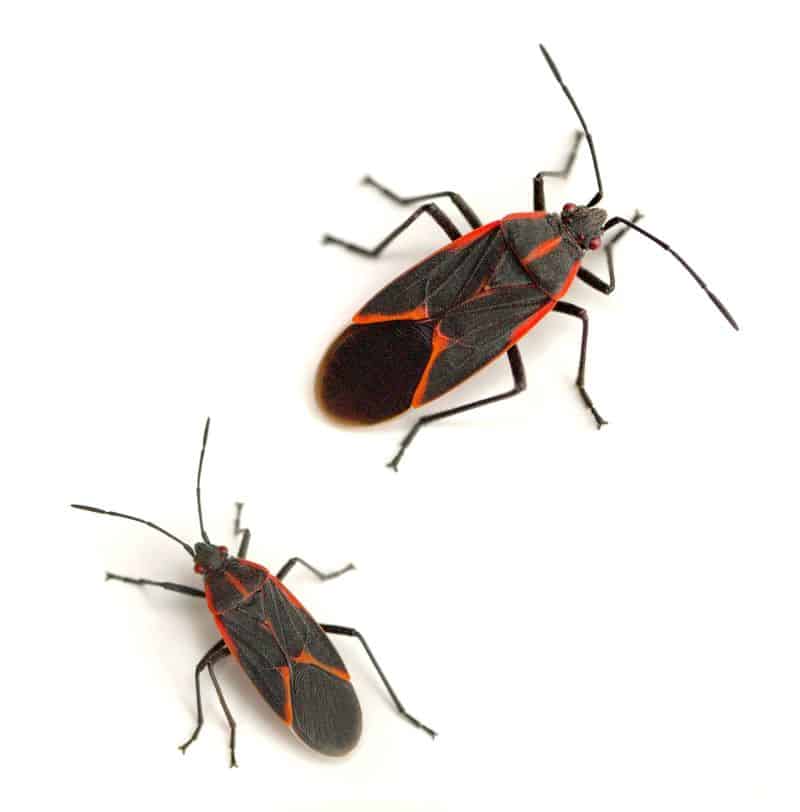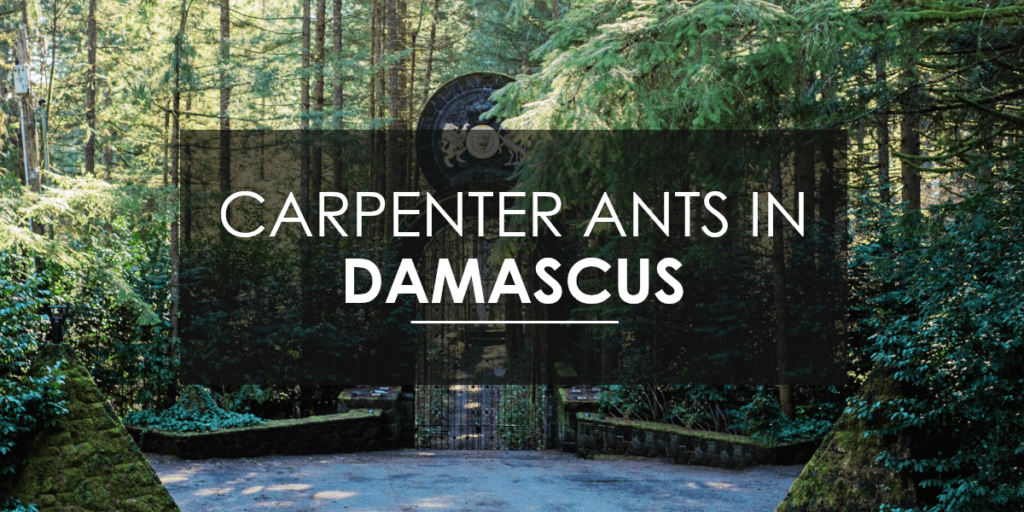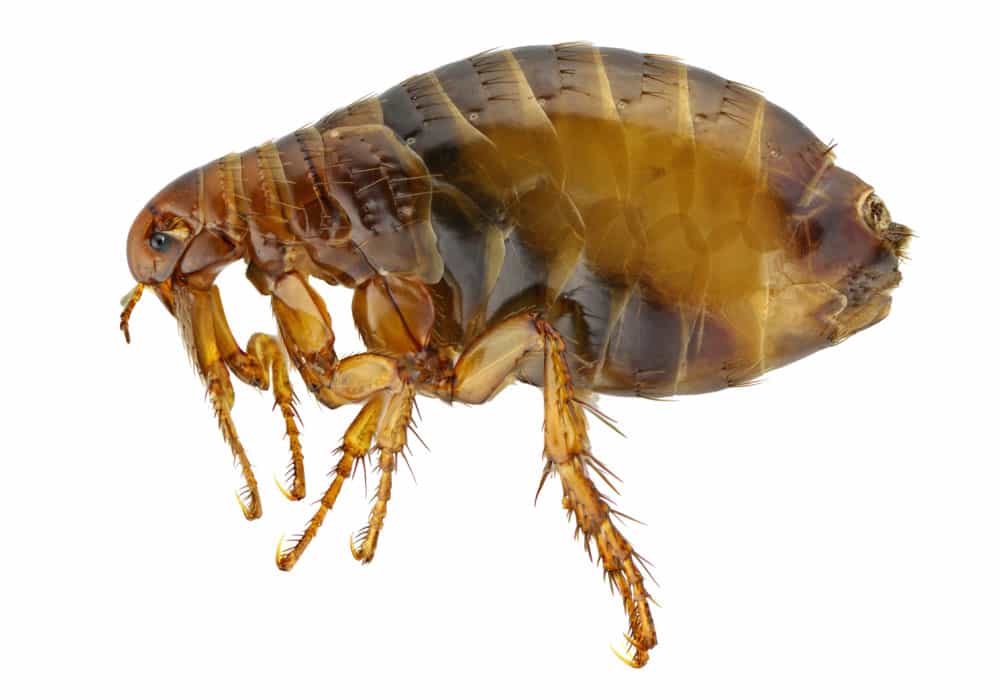What are boxelder bugs?
The Pacific Northwest is home to a wide variety of creatures, including the boxelder bug. Now, you’ve probably seen them before, but maybe you’ve never heard them called by name. The boxelder has a very distinct appearance.
In their mature state, the boxelder is notable for its dark brown to black exoskeleton, which is starkly contrasted by fiery reddish orange coloring that almost seems to outline the different features of its thorax, abdomen, and wings. (When the bugs are still in their adolescent state, their entire bodies are red.)
Their antennae are long and black, with each section outlined with the same fiery red band. Their eyes are large and bulbous and red, and the entire insect’s body measures to approximately one-half inch in length.
Why are they named boxelder bugs?

The boxelder bug gets its name from the boxelder tree, which is a type of maple tree where the bug sources much of its food — the seeds of the tree — though boxelder bugs also will also get food from other maple, ash, and fruit trees. The bugs will also use all of these trees as places to nest and live.
Essentially, these trees provide the bugs all the resources they need to survive and thrive.
Are boxelder bugs harmful to people?
Boxelder bugs don’t typically bite or sting people, and are considered to be a nuisance pest vs. a stinging insect. They also are not considered pests that spread disease to people.
What boxelders can often do that is harmful to people is by way of the destruction of plantlife, which ultimately categorizes them as an agricultural pest, which places them in the same category as the armyworm, the stink bug, and the locust.
When boxelder bugs nest in a tree like a boxelder or fruit tree, they can cause damage to the tree that could potentially be life-threatening, and the boxelder’s feeding habits can also scar the tree, making the wood look as though it were cork. This can make its fruit fall prematurely, which can be very bad for those reliant on the food derived from such trees.
Do boxelder bugs cause home damage?

Though boxelders do not typically cause damage to homes in the same manner that termites can, their infestations can cause issues.
Like many insects, boxelders will seek out the sunny side of the home, and will often overwinter under a home’s siding or even inside an attic space if they are able to gain access. Essentially, the boxelders will seek out and fill any voids in your home that they can find.
Boxelders prefer to live in or near their source of food (thus the close relationship with the trees we’ve mentioned), but they can gain entry into the house, usually because they’ve confused your home’s heat for the spring season.
If inside, they’ll damage plants, and, what’s worse, likely stain your carpet, curtains, and upholstery with their messy and abundant droppings. Yuck!
So how do I keep boxelder bugs from entering my home?
Like all pests, boxelders are trying to survive. Once those needs are met, their goal is to expand their footprint.
Your goal as a homeowner is to keep them from entering your home while also making your home and property less desirable to them.
One option is to not plant boxelder trees, though we do know that their preference is not limited solely to the boxelder tree, so this isn’t the easy fix you might think it would be, especially considering that boxelder bugs are willing to travel up to two miles for food and water.
If you do have boxelder trees or other seed bearing trees that boxelder bugs like to feed from, one thing you can do is stay on top of removing any fallen seeds from the ground.
Another thing you can do is keep a close eye on the sunny side of your house, especially during the still warm but changing months as we enter autumn, which is when these creatures begin their overwintering phases. This is where they’ll try to gain access under your siding or even inside the home, if they can.
If boxelder bugs do make their way inside, don’t panic! Call Aspen Pest Control, so you can get the professional assistance you deserve in such a situation. You can try to catch them or vacuum them if you see a few here and there, but this is probably an indication of a larger infestation, which is deserving of a professional grade examination.
Flying insects are difficult to eliminate, even for professionals, but our team is experienced, committed, and has all the right equipment with more than enough knowledge to provide you the service you want and the value you need. Aspen is renowned for our ability to cause significant population reduction, even after our initial treatment of your boxelder infestation.
It’s all about breaking their cycle. This is why we recommend that any homeowner with any pest issue to consider year-round, quarterly inspections and treatment for pests. We call this service the Home Protection Plant. We listen to your concern, seek out the trouble areas (even the ones you didn’t know existed!), and treat accordingly. It’s what you deserve, so it’s what we provide.
Ready to rid your home and property of boxelder bugs? Call Aspen Pest Control today!








